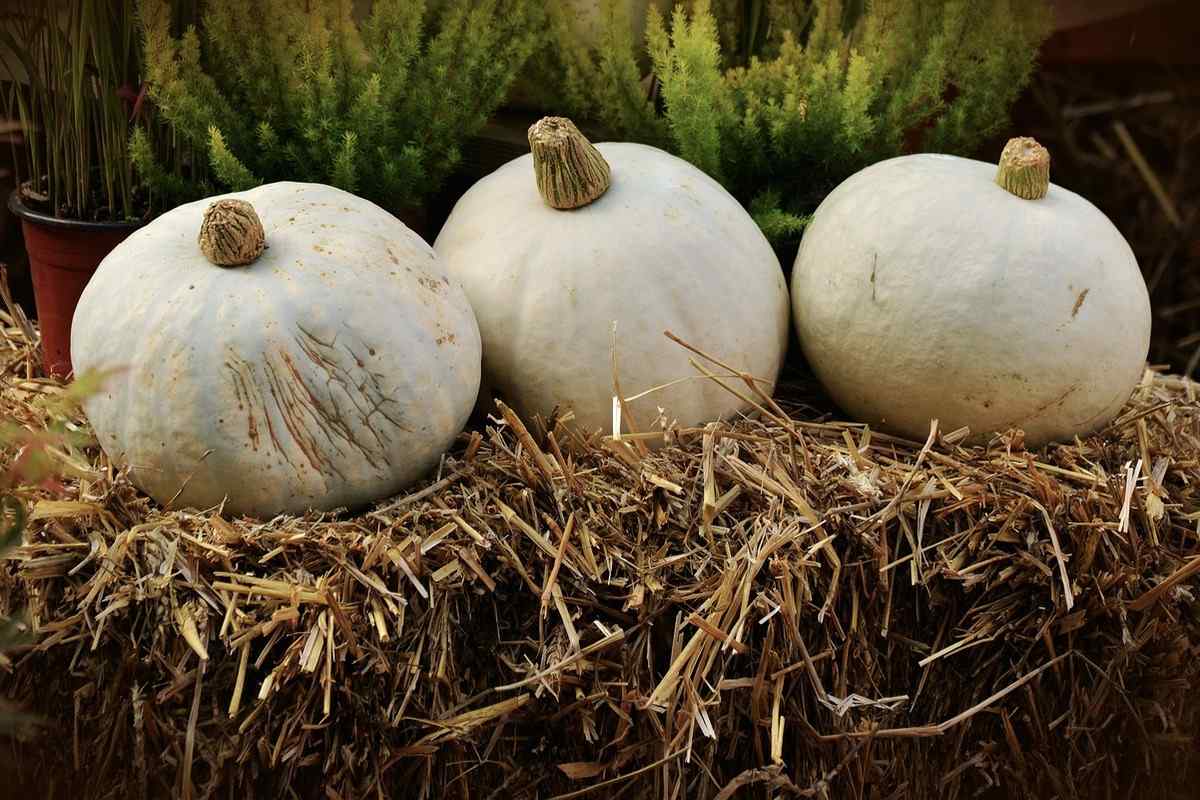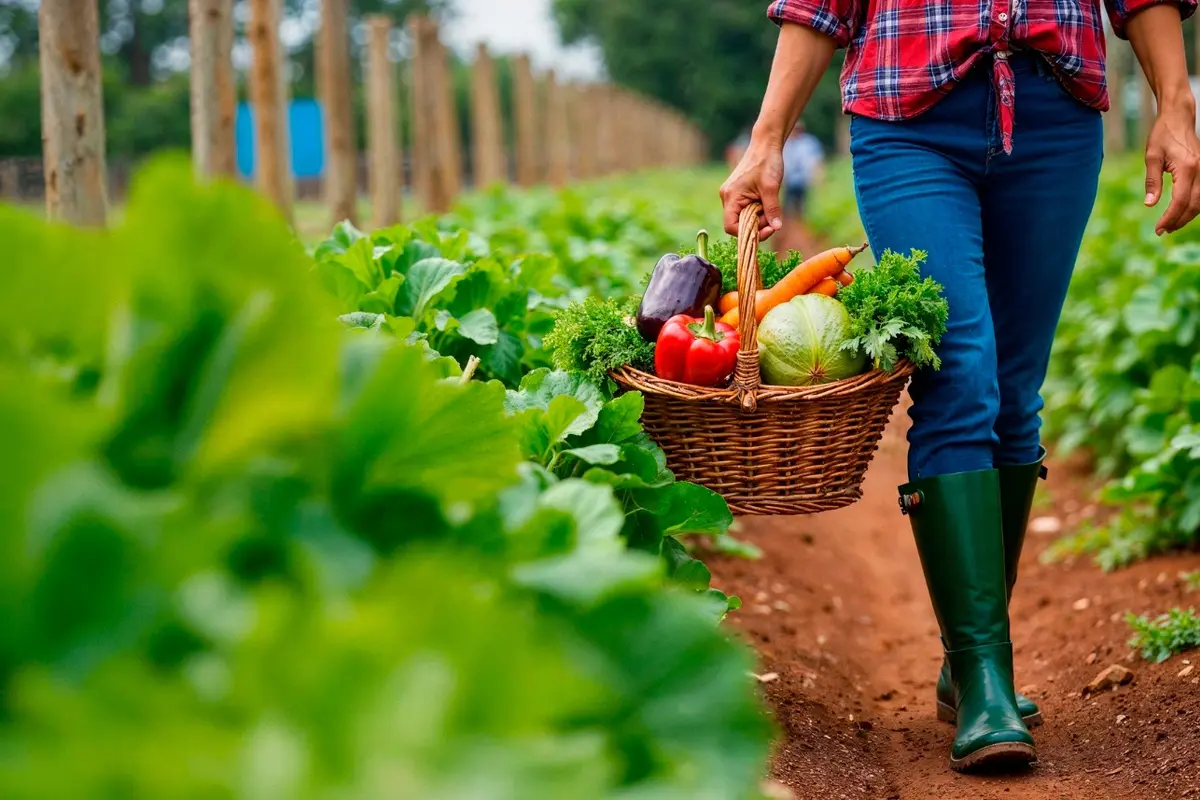White pumpkins, also known as ash gourds, are a variety of pumpkins that have a pale or white outer skin. They are popular for their mild, slightly sweet flavor, as well as contain various important nutrients that offer various health benefits. White pumpkins are used to prepare a variety of dishes, including soups, stews, curries, and desserts, and their seeds can be roasted and eaten as a nutritious snack. They are mostly available during the fall and winter seasons and are often used for decorative purposes during Halloween and other seasonal celebrations.
Table of Contents
White pumpkin benefits

White pumpkin, also known as ash gourd, is highly nutritious and offers several health benefits. Here are the detailed benefits of white pumpkin:
Rich in Nutrients: White pumpkin is rich in vitamins and minerals like vitamin C, vitamin B, calcium, phosphorus, and iron. Also, a good source of fiber and contains essential nutrients like riboflavin and thiamine.
Aids in Weight Loss: White pumpkin is low in calories and rich in fiber content, which is why it can be beneficial for those trying to lose or maintain weight.
Boosts Immunity: Regular consumption of white pumpkin can help strengthen the immune system due to its rich vitamin C content, which also can protect the body from various infections and illnesses.
Regulates Blood Sugar Levels: White pumpkin can be the best choice for those who are struggling with diabetes or those trying to manage their blood sugar levels due to its low glycemic index, meaning it does not cause a rapid spike in blood sugar levels.
Supports Heart Health: Due to the presence of nutrients like potassium and magnesium in white pumpkins, they can help to maintain healthy blood pressure levels, thus promoting heart health.
Antioxidant Properties: The antioxidants present in white pumpkin can help neutralize harmful free radicals in the body and also lower the risk of chronic diseases.
Hydration: White pumpkin has a high water content, which is why it can help to keep the body hydrated. As you know, proper hydration is essential for various bodily functions.
Promotes Hair Health: For hair health, white pumpkin can be beneficial, as it contains vitamins A and C, which are helpful for hair growth and overall hair health.
That’s why, due to its several health benefits, one should add white pumpkin as part of a balanced diet to reap the maximum benefits and maintain overall well-being.
White pumpkin growing requirements

Growing white pumpkins can be a rewarding experience for everyone. Here is a step-by-step guide for growing white pumpkins successfully and getting the maximum yield.
Climate and Soil Requirements
White pumpkins require a warm climate with plenty of sun exposure for better growth. Choose a location with well-drained soil rich in organic matter for planting the seeds.
Seed Preparation and Planting
You can directly plant seeds or, at first, grow seeds in the seedbed and further transfer the seedlings in the main field or container. If using seeds then plant them 1 inch deep into the soil and provide proper spacing between two plants.
Planting Time
You should start planting the seeds in the spring when the temperature stays above 21°C; cold temperatures are not suitable for this crop.
Watering
Regular watering is important for maintaining the proper soil moisture, especially during dry spells. Always avoid over-watering to keep the plants healthy.
Fertilization
Earlier, during planting, a well-balanced fertilizer or compost should be incorporated into the soil. After that, at the time of vine development, a balanced fertilizer should be applied, and again when the fruits begin to set.
Mulching
You should apply a layer of organic mulch around the plants to help retain moisture, suppress weeds, and maintain an even soil temperature.
Pest and Disease Control
Day-to-day monitoring of plants is required for signs of pests or diseases. Apply the required control method and recommended dose of pesticides if necessary.
Pruning and Training
Regular pruning of the vines is most important for controlling plant growth and encouraging the development of more pumpkins. Also, you can train the vines to grow in the desired direction to save space and ensure proper air circulation.
Harvesting
After 75-100 days of planting, white pumpkins are ready for harvest. Harvest the pumpkins by cutting the stem with a sharp knife, leaving a few inches attached to the fruit.
Also Read: 10 Popular Winter Season Vegetables to Grow.
FAQs
What is the secret to giant pumpkins?
Actually, there is nothing secret about growing giant pumpkins but it depends on the combination of several factors, including selecting the right seeds, providing optimal growing conditions, and following expert techniques such as proper soil preparation, regular watering, appropriate fertilization, and strategic pruning and vine training. Additionally, the use of specific growth-promoting additives can further enhance the potential for achieving massive pumpkin sizes.
What soil is best for pumpkins?
The ideal soil for growing pumpkins should be loamy, with a good balance of sand, and clay, allowing for proper aeration and water drainage.
What pH is best for pumpkin?
The optimal pH for growing pumpkins is between 6.0 and 6.8. Adjusting the soil pH within this range can help to get better pumpkin growth and yield.
What is the best fertilizer for pumpkins?
A well-balanced fertilizer that is rich in nutrients such as nitrogen, phosphorus, and potassium is always recommended for pumpkins. It’s important to apply the fertilizer during soil preparation, again when the vines start to develop, and once more when the fruits begin to set.
What is the fungal disease in pumpkins?
The most common fungal disease that affects pumpkin plants the most is powdery mildew. In this case, a white powdery coating appears on the leaves, stems, and sometimes the fruits of the pumpkin plant. If proper management practice is not taken at the right time then it can stunt the plant’s growth, reduce yield, and even cause premature death if left untreated.










